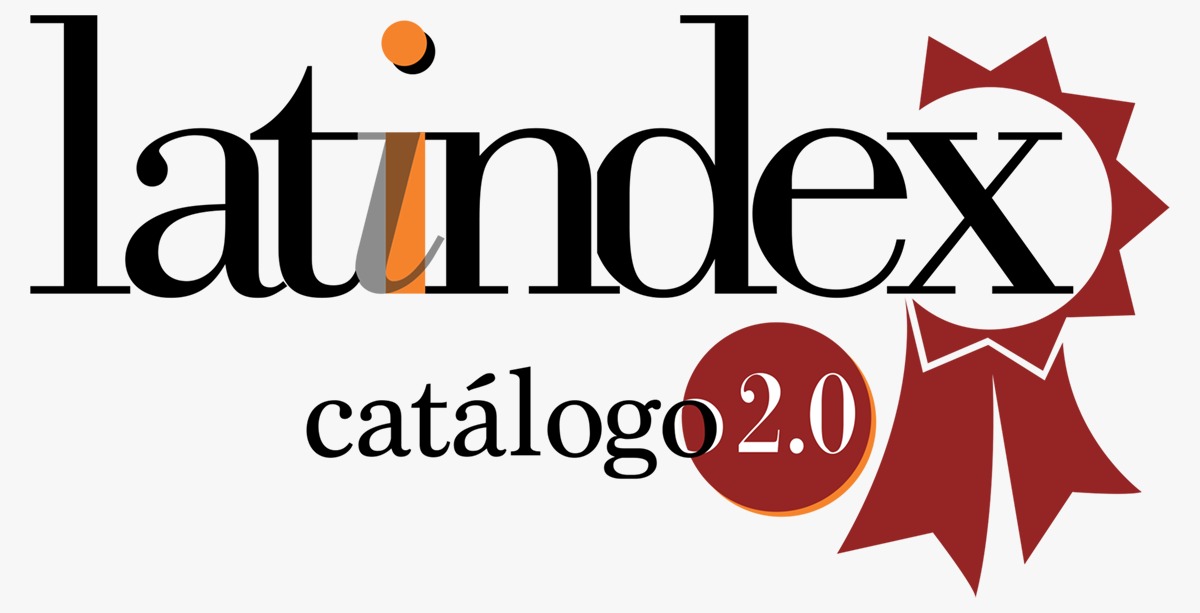Gestión de la cultura organizacional y desempeño docente en la IE N° 5127 Mártir José Olaya. Ventanilla. Lima
DOI:
https://doi.org/10.47865/igob.vol7.n26.2024.341Keywords:
Organizational culture and teaching performance IE 5127Abstract
Today one of the most relevant topics for the achievement of student learning is teaching performance and its relationship with the management of organizational culture. That is the objective of this research to identify the relationship that exists between the management of organizational culture and teaching performance at IE N. 5127 Mártir José Olaya in Ventanilla. For this purpose, the scientific research carried out has a quantitative approach, uses the hypothetical deductive method, ordinal level and is cross-sectional.
A descriptive correlational design used a sample of…….teachers allows us, through the application of a technique called the survey and the use of two questionnaires validated by three expert judgments and whose reliability was measured using Cronbach's alpha, to find the results using descriptive statisticians and Spearman's Rho for hypothesis testing, an inferential statistician. After the work, the following results are found r=,516 and p=0.002 less than the decision sigma 0.05, which concludes that there is a moderate significant relationship between the variable: management of organizational culture and teaching performance. With which we say that if there is good management of the organizational culture, teaching performance will be better and learning achievements will be optimal. The dimensions were statistically analyzed: preparation for learning, teaching for learning, participation in school and community management and professionalization and teacher identity.
Downloads
References
Ander-Egg, E. (2005). Metodología y práctica del desarrollo de la comunidad. Buenos Aires: Lumen. Humanitas.
Antúnez, S. (2000). La acción directiva en las instituciones escolares: Análisis y propuestas. México: MC Graw-Hill.
Cabrera, K. y Gonzales, L. 2006). Currículo universitario basado en la competencia. Piura: Universidad Privada del Norte.
Chiavenato, I. (2007). Administración de recursos humanos (8a ed.). Colombia: Mc Graw Hill.
Chiavenato, I. (2008). Administración de recursos humanos. México: Prentice-Hill
Chiavenato, I. (2009). Comportamiento organizacional (2a ed.). Colombia: Mc Graw Hill.
Chiavenato, I. (2009). Comportamiento organizacional (2a ed.). Colombia: Mc Graw Hill.
Dilts, R. (2003). El poder de la palabra PN: la magia del cambio de creencias a través de la conversación. Barcelona: Urano
Enciclopedia Económica. (2018). Cultura Organizacional. Obtenido de https://enciclopediaeconomica.com/cultura-organizacional/
Espinosa, A. (20 de marzo, 2009). Filosofía empresarial [Mensaje en un blog]. Recuperado de https: //www.dinero.com/columnistas/edicion-impresa/articulo/filosofiaempresarial/75465.
Espot, H. (2006). La autoridad del profesor: qué es la autoridad y cómo se adquiere. España: Wolter Kluver.
Fernández, M. (2002). Realidad psicosocial del maestro de primaria. Lima: Universidad de Lima.
García, O. (2007). La cultura humana y su interpretación desde la perspectiva de la cultura organizacional. Pensmamiento y Gestiónm (22)., 143-167. Recuperado el 17 de octubre de 2019, de https://www.redalyc.org/comocitar.oa?id=64602204
Gonzales, J. (2016). Relación entre la cultura organizacional y el desempeño en Instituciones Educativas. Evidencia en el Municipio de Pereira (tesis de maestría). Manizales, Colombia: Universidad de Colombia.
Griffin, R y Moorhead, G. (2010). Comportamiento organizacional, gestión de personas y organizaciones (9a ed.). México: Cengage Learning
Hernández, H., Fernández, J. y Baptista (2010). Metodología de la investigación científica. México. Mc Graw-Hill
Hitpass, B. (2017). BPM: Business Process Management: Fundamentos y Conceptos de Implementación. Cuarta Edición. Santiago: BHH limitada. p.137
Lafrancesco, G. (2004). Los cambios en la perspectiva etnometodológica. México.
Lizarazo, B. (2001). Estrategias de enseñanza y aprendizaje. España: Ariel.
Piña, J. (2003). Representaciones, imaginarios e identidad. Actores de la educación superior. México: UNAM-CESU-Plaza y Valdés.
Robbins S. (2000). Comportamiento organizacional. México: Editorial Prentice Hall.
Robbins, S. (2017). Comportamiento Organizacional. México: Pearson Prentice - Hall Hispanoamericana S.A
Rodríguez, R. (2009). La Cultura Organizacional. un potencial activo estratégico desde la perspectiva de la administración. INVENIO 12(22), 67-92. Obtenido de file:///C:/Users/Usuario/Downloads/DialnetLaCulturaOrganizacionalUnPotencialActivoEstrategic-3394655.pdf
Schein, E. (2007). Organizacional culture and leaderchip. (3ra. ed.) San Francisco: JosseyBass.
Valdés, H. (2004). Desempeño del maestro y su evaluación. Cuba: Editorial Pueblo y Educación.
Vargas, J. (2007). La culturocracia organizacional en México, Edición electrónica. Jalisco (México): Eumed.net. Recuperado el 10 de junio de 2019, de http://www.eumed.net/librosgratis/2007b/301/caracteristicas%20de%20la%20cultura%20organizacional.htm
Downloads
Published
How to Cite
Issue
Section
License

This work is licensed under a Creative Commons Attribution-NonCommercial-ShareAlike 4.0 International License.
Esta obra está bajo una licencia internacional Creative Commons Atribución-NoComercial-CompartirIgual 4.0.
















